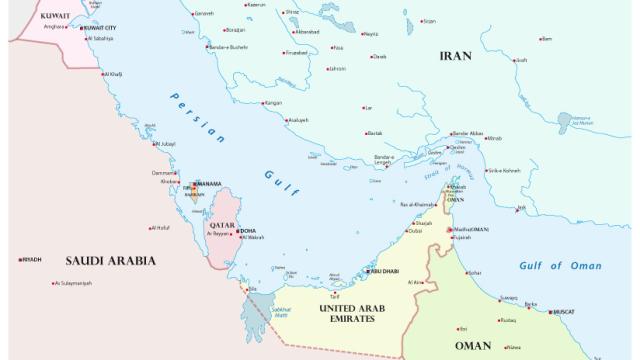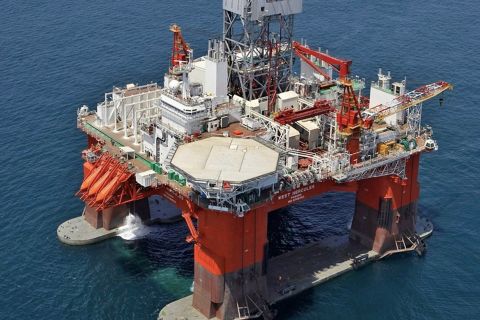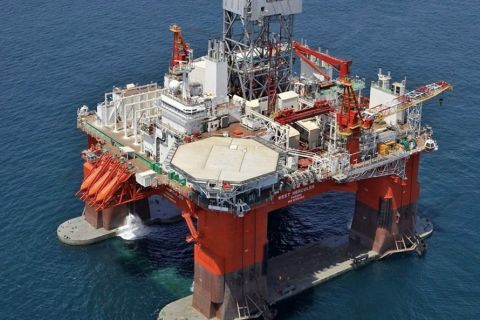
(Source: Shutterstock)
Learn more about Hart Energy Conferences
Get our latest conference schedules, updates and insights straight to your inbox.
The Strait of Hormuz is back in focus. One of the world’s most important oil arteries, the narrow shipping lane between Iran and Oman links the Persian Gulf to the Gulf of Oman and Arabian Sea. The route enables producers in the Middle East to ship oil on tankers to consumers in Asia, Europe and North America.
The strait has been at the heart of regional tensions for decades and Iran has made repeated threats to shut off access in retaliation for foreign aggression against it. Now it has recaptured the attention of the global energy, shipping and diplomatic communities.
Saudi Arabia said May 13 that two Saudi oil tankers were among several vessels targeted in a “sabotage attack” off the coast of the UAE. Then two of the kingdom’s oil pumping stations along a crucial pipeline, one of the routes Saudi Arabia uses to send oil abroad without using the Strait of Hormuz, were targeted in a drone attack.
It is unclear which party was behind the tanker attack, while Yemeni Houthi rebels have claimed responsibility for the pumping stations. But the incidents have once again politicized the Strait of Hormuz and raised questions about the security of oil supplies and the safe passage of vessels.
Maritime data from Lloyd’s List Intelligence show that on average almost 16.8 million barrels of seaborne oil passed through the waterway each day last year. That is just under one-third of the 53 million barrels per day (bbl/d) of the world’s total crude and liquids that are carried across oceans on tankers.
The timing coincides with escalating tensions between the U.S. and Iran. Washington has announced military deployments into the Middle East and Tehran has said in recent days that it will no longer comply with the key elements of its nuclear deal with world powers.
The inability of oil tankers to get through a major chokepoint, even temporarily, can lead to substantial delays and higher shipping costs. Even the risk of this alone can result in a jump in oil prices. Brent crude rose to nearly $73 a barrel, up more than 3% last week.
Recommended Reading
Second Light Oil Discovery in Mopane-1X Well
2024-01-26 - Galp Energia's Avo-2 target in the Mopane-1X well offshore Namibia delivers second significant column of light oil.
Orange Basin Serves Up More Light Oil
2024-03-15 - Galp’s Mopane-2X exploration well offshore Namibia found a significant column of hydrocarbons, and the operator is assessing commerciality of the discovery.
E&P Highlights: Feb. 26, 2024
2024-02-26 - Here’s a roundup of the latest E&P headlines, including interest in some projects changing hands and new contract awards.
To Dawson: EOG, SM Energy, More Aim to Push Midland Heat Map North
2024-02-22 - SM Energy joined Birch Operations, EOG Resources and Callon Petroleum in applying the newest D&C intel to areas north of Midland and Martin counties.




